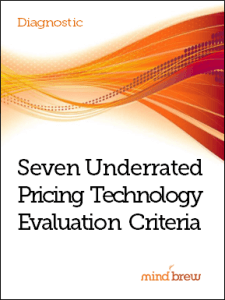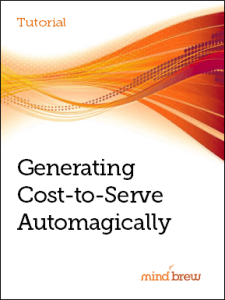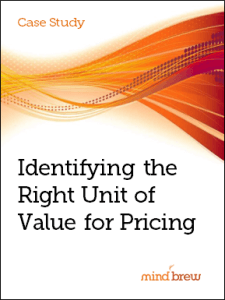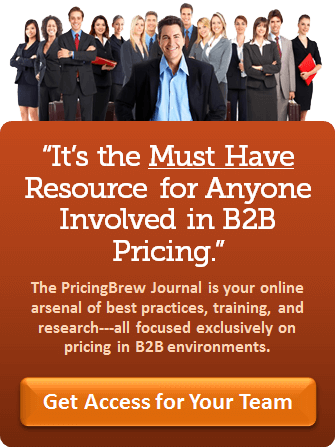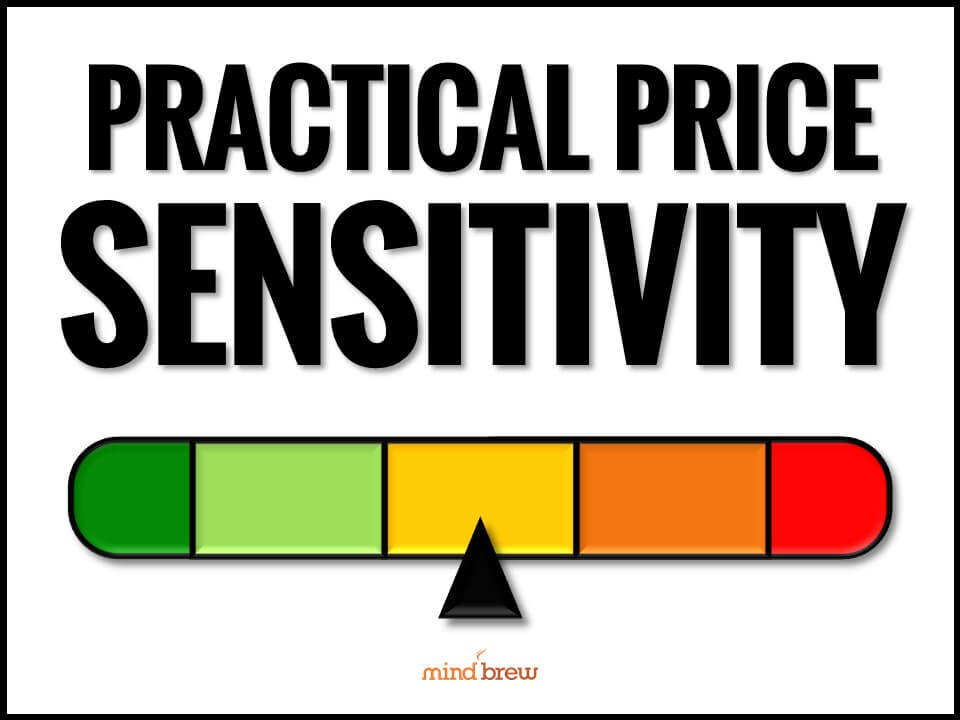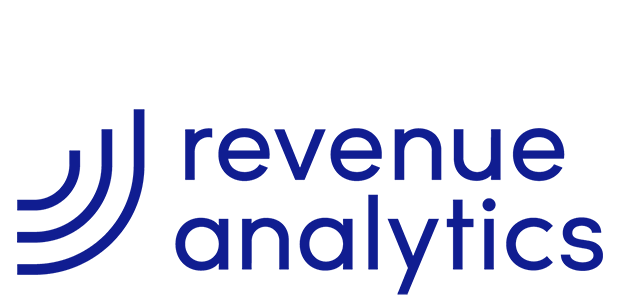Is your organization considering purchasing a pricing technology solution? Great. But before you start doing any research into vendors and products you need to answer one simple question: What type of pricing technology do you need?
Most true pricing technologies fall into one of two categories—analytics or optimization. They serve similar purposes, but how they achieve those purposes is quite different.
The difference between the two is somewhat analogous to the difference between a road map and a GPS. The road map shows you all the different places you could go and which roads will take you there. It’s then up to you to follow the road map (or not) to get wherever you want to go. In a similar way, analytics tools give you access to a whole host of data. How you explore that data and what you do with it, is really up to you.
The GPS, on the other hand, gives you turn-by-turn instructions. You tell it where you want to go, and it tells you step-by-step how to get there. In the same way, an optimization solution will tell you exactly how you should set your prices. You tell it your goals, and it gives you very specific feedback.
Both types of tools have their uses. You might use a road map if you’re planning a month-long cross-country road trip, while you might rather have a GPS if you need to get to an appointment in an unfamiliar part of town in the next fifteen minutes. In the same way, you might need an analytics tool if your organization wants deep visibility into historical data that your human analysts will comb for insights. If you want to know how much to charge for widgets tomorrow in order to maximize revenue, an optimization tool might be better.
Making things a little bit more confusing, vendors often use the words “analytics” and “optimization” interchangeably. You’ll likely run into a host of vendors who say that they do both analytics and optimization. In fact, the pricing technology sales people who visit you will probably say their solutions can do anything you need.
As a pricing technology buyer, it will be your job to separate hype from reality.
To begin, consider the core competence of the various vendors you are considering. What things do they do really well? Is it analytics? Or optimization?
If you’ve already done some hard thinking about what type of tool will best meet your needs, you’ll be in a much better position to begin evaluating vendors and products.
Of course, there are several other things you’ll need to consider as well, such as vendors’ business model experience, pricing model development, benefit measures, sales adoption, extensibility, consulting and much more. To help you sort through all of these factors, PricingBrew offers a diagnostic tool on “Seven Underrated Pricing Technology Evaluation Criteria.” Selecting the vendor that will best meet your needs can be very tricky, but this guide can help you sort through the clutter and misinformation to arrive at an informed decision.

